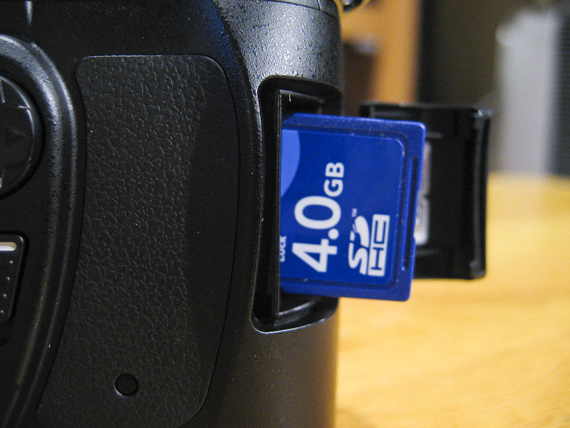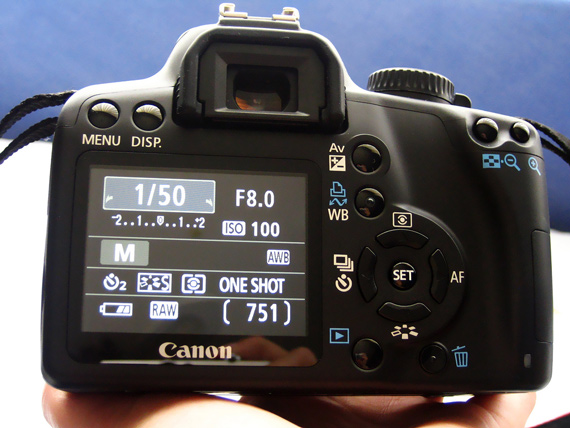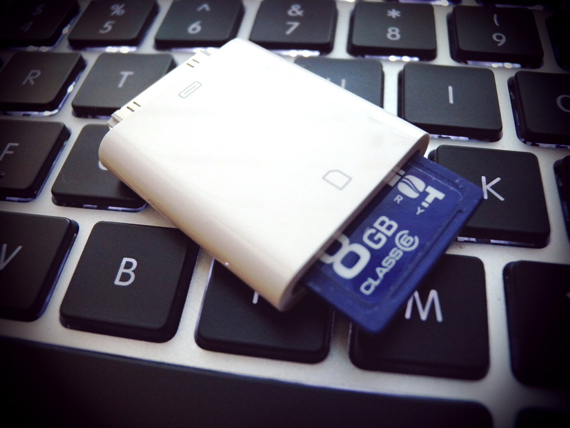While today’s cameras are technical marvels, they can be temperamental. The thin memory cards that store precious photos can be even touchier.
Taking your best ever landscape shot or hundreds of great wedding photos is fun, but the shots can be ruined if your memory card is acting glitchy. The memory card not working is akin to the film in a 35mm camera being exposed accidentally to sunlight. It will ruin your day. So how can you keep your photos safe? Follow these seven tips to ensure your memory cards function properly.
1. Don’t be impatient
Many camera operators will pull out the memory card in a rush immediately after taking some pictures. This doesn’t give the images enough time to properly write to the card, which can cause file errors or result in the need to completely reformat the card. Wait an extra minute or two before extracting cards from the computer or camera. What are your chances for recovering any lost data? A reputable recovery provider has about an 85% chance to succeed when faced with memory card errors.
2. Check your battery levels
Cameras obviously cannot function without battery power, and you need a certain level of power to properly write data to a card. Avoid using a camera with low levels (spare batteries are life savers) or you run the risk of causing errors and losing the entire card. There is only a 75 percent chance of recovering data lost by low battery issues.
3. Give your card a home
Don’t let your card out of its home base! Use one card per device and keep them together. Devices have their own numbering and formatting procedures, and mixing and matching your card with another camera or other device will likely cause corruption issues. If you have to use your card in another device, then be sure you do a full download first in order to protect yourself. Recovery chance: 85 percent.
4. Be careful deleting or formatting photos
When you are using the camera’s internal formatting and deletion tool, keep in mind that some use a destructive method of formatting or deleting. What does that mean? They write “0’s” to the entire card, which can overwrite the picture’s data, so the impacted image cannot be recovered. Some cameras don’t do this process, so recovery will depend on the make/model of your particular camera. Remember that storage is cheap, so don’t delete photos on the camera just to free up space.
5. Grab a reader
Card readers are a trifecta. They’re simple, easy-to-use, and cheap. They speed up the transfer of photos from your camera to your computer and require you to simply plug in the memory card. The readers use your computer’s power to run, so there is no risk of low battery problems. Card readers are a great $20 investment for any level of shutterbug.
6. Watch the rotating and editing
Many people like to rotate pictures while viewing them through the camera. However, manipulating photos causes the data to change, which means a new image is written on the card. File structures can be inadvertently changed if you move around images, so leave the manipulation to your desktop programs. The chances of image recovery are only 70 percent.
7. Don’t backfill
Backfilling means deleting photos and then shooting new ones. The new photos will reside in the spaces left by the deleted photos, which means the data being written to the card may become fragmented. Recovery is not likely.
8. Watch the elements
Temperature extremes can wreak havoc on memory cards, even those rated for more than 120 degrees Fahrenheit. Take a hike on a summer day, and the interior of your camera bag can easily top 120. You also want to keep water and dirt away from the cards because they can both ruin the contact points. Not surprisingly, the cards also hate static electricity. Touch something metal before handling the cards (especially if you walk on shag carpet!) in order to get a static shock out of your system.
About the Author:
David Zimmerman has been in the hardware/software industry for over 30 years, specifically in the data recovery software market for 18 years. During this period, he has been involved in the creation, marketing and support of the earlier drive recovery software products to enter the PC market and successfully marketed them both nationally and internationally. His experience in the market has made him uniquely familiar with the data recovery business.
LC Technology International, Inc. (http://www.lc-tech.com) is a global leader in data recovery, file system utilities and data security technology. Clients include original equipment manufacturers, local, state and federal law enforcement agencies, corporate security specialists and IT consultants, among others. Available worldwide and published in more than 24 different languages, LC Technology products are available direct or through several major manufacturers of flash memory products. Founded in 1997, LC Technology is based in Clearwater, Florida.
Like This Article?
Don't Miss The Next One!
Join over 100,000 photographers of all experience levels who receive our free photography tips and articles to stay current:











The sd card conclude with special features like you can delete or erase from sd card which you not required . mobile repair dubai
you can repeat copy your folder . your data will remain same size and not change that’s why you should use mobile sd card.
I want to understand the implications about “backfilling” better. If I leave a 32 gig card with 20 gigs on it, and then fill it up to 32 gigs, delete 10 gigs again, so it’s down to 22 gigs, and repeat. Basically, always leaving a lot of content on it, and not fully deleting the whole card, am I putting the card at risk? I’ve had two SD cards fail on me in the last couple months, and I want to know why.
I’ve also been shooting a lot of footage rather than photos, so that’s a change. And because of that my batteries have been running out. So I’m guessing that low battery may be a factor.
Should I completely empty my SD cards rather than only deleting some of it?
Thank you for the article and the valuable tips.
Re: Number 3. I think as long as you format the card in the camera it’s being used in, swapping cards between devices shouldn’t be a problem. I used to work in a rental house, and we rented CF cards. We always told renters to format the card in the camera they were going to be using before shooting. More problems occur when people buy new cards and don’t format them, or use them in different cameras without reformatting them.
I didn’t know that rotating the image on the camera changes the data, thanks for these tips – haven’t lost any images …. yet, fingers crossed it doesn’t happen.